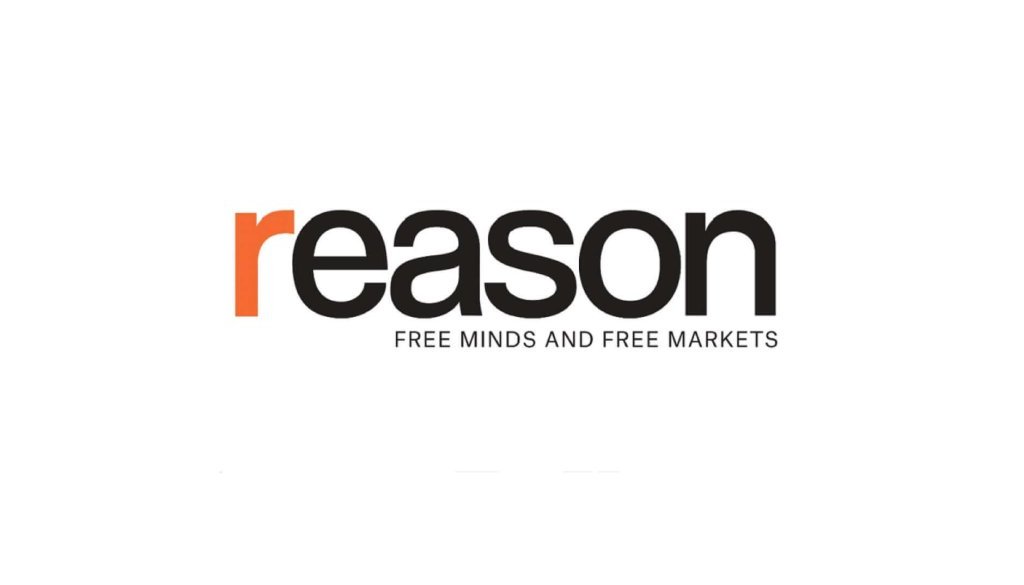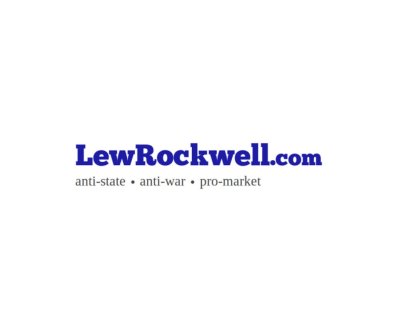Trump’s War on Chocolate: ‘There’s No Way for Us To Source This Domestically’
I didn’t expect economic insights from an animatronic cow.
In the Disney-style ride at Hershey’s headquarters that lays out the company’s chocolate mythos, the singing, dancing cattle are mostly there to underline the milk in milk chocolate. They also set the scene, explaining why the world’s best-known chocolate company was founded here amid the hilly pastures of central Pennsylvania. Many of those pastures contain cows, cows make milk, and back in the 1890s, it was easier to bring cocoa beans and sugar to the milk than the other way around.
But there was something unexpectedly evocative in the ditty that played throughout the ride: “Wherever you go, no matter how far/You’ll always see a Hershey bar.”
Human beings have been eating chocolate for centuries, but chocolate didn’t really become chocolate—the sweet, affordable, and ubiquitous treat—until Milton Hershey and his successors figured out how to assemble a supply chain that stretches across oceans and merge it with American manufacturing expertise. Thanks to assembly lines and economic efficiency, chocolate is within the reach of nearly every human being on the planet.
It’s hard to imagine a company like Hershey’s existing anywhere except in the U.S., but the key ingredient in its most famous products barely exists here in its raw form. The world’s supply of chocolate depends on the global trade of cocoa beans, which are grown exclusively in equatorial climates across Latin America, Africa, and Asia. The United States produces more chocolate than any other country in the world, but there would be no American chocolate-making businesses, large or small, without imports.
A lot of American manufacturing is like that too: U.S.-based businesses rely on imported raw materials when making everything from candy bars to new cars. Policies that make those inputs more expensive or difficult to obtain—policies such as the Trump administration’s tariffs—are leaving a bitter taste.
Chocolatiers, in particular, say trade barriers are a recipe for higher prices, lower quality, less innovation, and smaller profits. Doesn’t sound very sweet, does it?
‘There’s No Way for Us To Source This Domestically’
Matt Weyandt got into making chocolate because he was trying to escape politics. That hasn’t worked out quite as well as the onetime Democratic campaign staffer might have hoped.
After the 2012 election, Weyandt and his wife took their two young kids on what he calls a “family sabbatical” in Costa Rica. They intended to take a break from the stress of working on campaigns, explore a bit, and figure out what to do next. Chocolate wasn’t part of the plan, but then the couple started sampling the wares at a local farmers market. Soon they were diving into the world of cacao, learning about the different varieties and distinct flavors that emerge from beans grown in different climates or at different altitudes. (In that regard, chocolate is much like coffee or wine.)
Weyandt has become a nerd about this stuff. His favorite variety of chocolate right now comes from Tanzania. “It’s really fruity,” he says. “And I think it’s really surprising to a lot of people.” But he’s quick to add that if I asked him to pick a favorite tomorrow, he’d “probably say a different one.”
When Weyandt and his wife returned to the U.S., he carried 50 pounds of cocoa beans through customs in a duffle bag. With that initial batch, the couple began making and selling homemade chocolate at farmers markets. In 2014, they co-founded Xocolatl, a bean-to-bar company that now employs 16 people and churns out more than 10 tons of chocolate every year. Xocolatl bars and other chocolate confections are sold at the company’s original stall in Atlanta’s Krog Street Market and can be found at Whole Foods stores across the southeastern United States.
These days, Weyandt’s supply chain is a bit more complex than a duffle bag, but it still depends on products grown outside the U.S. This is the immutable reality for any American chocolate company, from Hershey’s on down: There is almost no cocoa grown in the United States.
What little America does produce comes from Hawaii. And while Hawaiian cocoa production has grown in recent years—and gained a reputation for high quality—the island chain accounts for less than 0.0001 percent of the global supply. Put another way: Americans import about 425,000 metric tons of cocoa beans annually, while Hawaii produced just 40 metric tons of cocoa beans in 2021, according to the state’s most recent figures.
“So there’s no way for us to source this domestically,” says Weyandt. Even if there was, the cocoa grown in Hawaii couldn’t replicate the taste of beans from Tanzania—or any other place where Xocolatl gets its supplies, from Costa Rica to Peru to Uganda to Nicaragua.
Those imports are now subject to higher taxes, thanks to the tariffs imposed by President Donald Trump. In early April, the Trump administration slapped a 10 percent tax on just about all imports, including chocolate and cocoa beans. On Thursday, the White House finalized plans for higher, country-specific tariffs that will hit imports from dozens of nations, starting next week. Those new tariffs will target several key cocoa-producing countries, including Costa Rica (15 percent), Côte d`Ivoire (15 percent), Ghana (15 percent), Indonesia (19 percent), and Nicaragua (18 percent).
The National Confectioners Association, an industry group representing chocolatiers and candymakers, says U.S. imports of confectionery, chocolate, and cocoa total about $4.4 billion this year. In addition to providing a wide variety of options to consumers, those imports help support another $2 billion in exports, sales that could be jeopardized by trade disruptions.
“Having a tariff on cocoa is not going to create farm jobs for cocoa farmers in the United States,” says Weyandt. “All it’s going to do is make it more expen
Article from Reason.com

The Reason Magazine website is a go-to destination for libertarians seeking cogent analysis, investigative reporting, and thought-provoking commentary. Championing the principles of individual freedom, limited government, and free markets, the site offers a diverse range of articles, videos, and podcasts that challenge conventional wisdom and advocate for libertarian solutions. Whether you’re interested in politics, culture, or technology, Reason provides a unique lens that prioritizes liberty and rational discourse. It’s an essential resource for those who value critical thinking and nuanced debate in the pursuit of a freer society.




